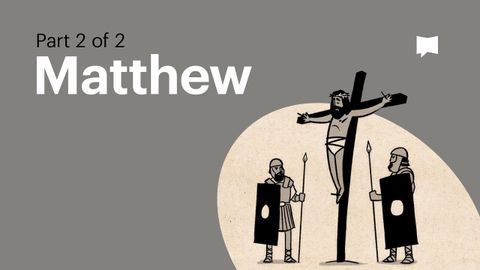聖書を読むシリーズ。マタイによる福音書14章28節 (Read Scripture Series: Matthew Ch. 14-28)
steven が 2021 年 01 月 14 日 に投稿  この条件に一致する単語はありません
この条件に一致する単語はありませんUS /ˈkɑmprəˌmaɪz/
・
UK /'kɒmprəmaɪz/
- v.t./i.妥協する;妥協する;危険にさらす;漏洩する
- n. (c./u.)妥協
US /dɪˈtɚmɪn/
・
UK /dɪ'tɜ:mɪn/
US /ˈpæʃənɪt/
・
UK /ˈpæʃənət/
US /ˈkɑnˌflɪkt/
・
UK /'kɒnflɪkt/
- n. (c./u.)対立;対立;戦争;内なる葛藤
- v.t./i.矛盾する : 衝突する
エネルギーを使用
すべての単語を解除
発音・解説・フィルター機能を解除

